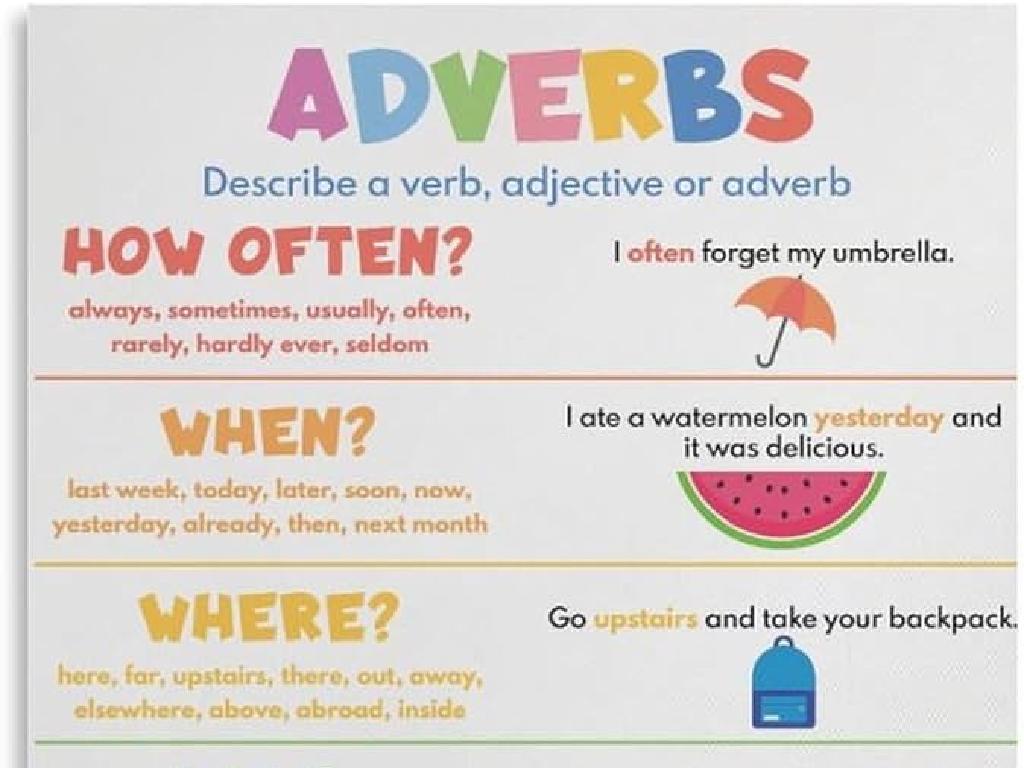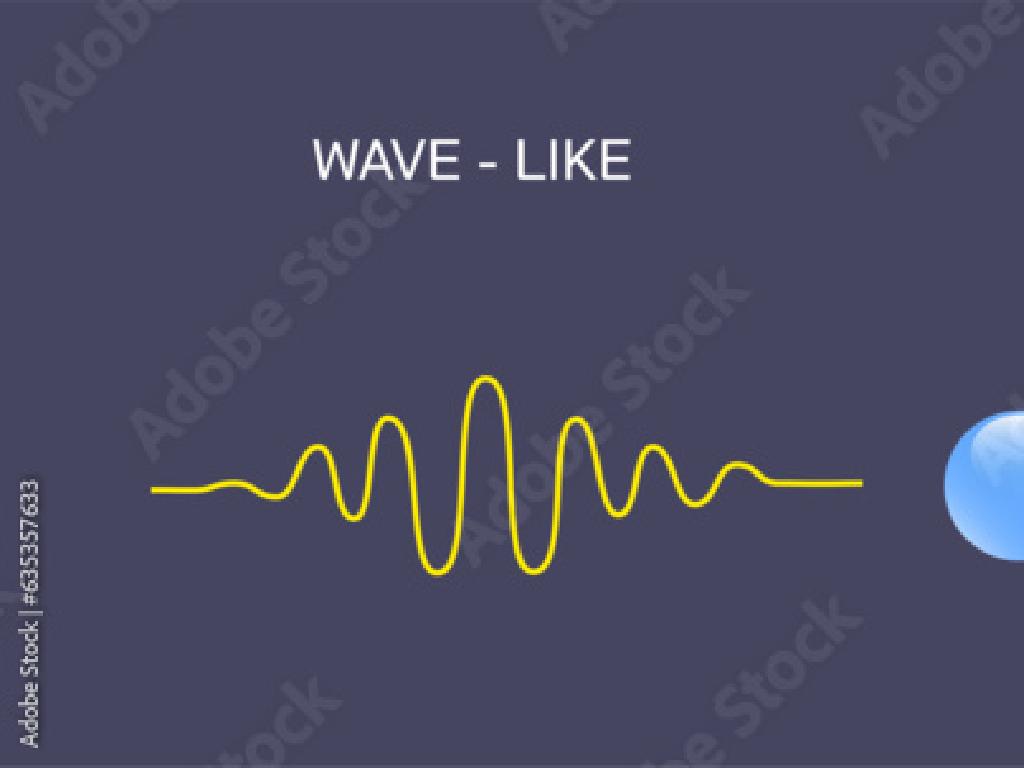Name Countries Of Europe: Region 5
Subject: Social studies
Grade: Seventh grade
Topic: Europe: Geography
Please LOG IN to download the presentation. Access is available to registered users only.
View More Content
Exploring Europe: Region 5 Countries
– Europe’s diverse landscape
– Region 5: Characteristics
– Region 5 includes countries like Italy, Malta, San Marino, and Vatican City
– Today’s goal: Name Region 5 countries
– Understanding geographical boundaries
– Learn to identify countries within Europe’s complex geography
|
This slide introduces students to the diversity of Europe, with a special focus on Region 5. Emphasize Europe’s rich cultural and geographical diversity, setting the stage for a deeper dive into the specific characteristics of Region 5. Highlight the importance of understanding how Europe is divided into regions for better geographical and cultural comprehension. Today’s objective is to ensure students can identify and name the countries that make up Europe’s Region 5, which includes Italy, Malta, San Marino, and Vatican City. Encourage students to think about how geographical boundaries can influence culture and history. Provide a map for visual learners to locate these countries and understand their context within the continent.
Exploring Europe: Region 5
– Understanding Europe’s regions
– Europe is divided into regions for easier study and reference.
– Region 5’s geographical boundaries
– Region 5 includes specific countries based on location and characteristics.
– Identifying countries in Region 5
– Countries such as France, Belgium, Netherlands, Luxembourg, and Switzerland.
– Significance of Region 5 in Europe
– Region 5 is known for its cultural diversity and economic significance.
|
This slide aims to introduce students to the concept of dividing Europe into different regions for a more structured study of its geography. Region 5, as defined for the purpose of this class, includes countries in Western Europe that share certain geographical and cultural characteristics. It’s important to highlight the diversity and the historical and economic importance of this region. Encourage students to locate these countries on a map and to research one fact about each country to share in the next class. This will help them remember the countries and understand the significance of regional division in Europe.
Exploring Europe: Region 5 Overview
– Examine countries in Region 5
– Focus on geography, borders, and size
– Capitals and key landmarks
– Learn about historical and modern landmarks
– Cultural highlights of Region 5
– Explore languages, festivals, and traditions
– Engage with Region 5’s diversity
|
This slide aims to provide students with a comprehensive understanding of Europe’s Region 5. Begin by discussing the geographical aspects of each country, including their location, size, and borders. Move on to identifying the capital cities and significant landmarks, both natural and man-made, which may include famous monuments, parks, or historical sites. Highlight the unique cultural aspects of Region 5, such as languages spoken, traditional festivals, and culinary specialties. Encourage students to appreciate the diversity within this region and consider how geography influences culture. As an interactive element, consider having students research and present on one country from Region 5, focusing on these key points.
Europe’s Region 5: Geography’s Influence on Life
– Region 5’s mountains and rivers
– Explore the Alps, Danube River, and their roles in the ecosystem.
– Climate and environmental zones
– Temperate climates to arctic conditions shape the environment.
– Natural resources in Region 5
– Abundant coal, natural gas, and fertile soil support economies.
– Geography’s impact on daily life
– Terrain and climate influence agriculture, settlement, and culture.
|
This slide aims to illustrate how the physical geography of Europe’s Region 5, which includes the Alps and the Danube River, affects the climate, natural resources, and ultimately the way of life for its inhabitants. Emphasize the diversity of climates from temperate to arctic zones and how these conditions dictate the environmental zones within the region. Discuss the rich natural resources like coal and natural gas, and how the fertile soil contributes to the region’s agricultural practices. Highlight how the physical geography has historically influenced settlement patterns, cultural development, and the economy. Encourage students to think about how living near a mountain range or river might affect their own lives, drawing parallels to the experiences of those in Region 5.
Political Geography of Europe: Region 5
– Political boundaries significance
– Borders define nations and affect relations
– Governance impact on economy
– Government type shapes economic health
– European Union’s role
– EU promotes unity, trade, and policies
– Exploring Region 5 countries
– Identify and learn about Region 5 nations
|
This slide introduces students to the political geography of Europe, focusing on Region 5. Begin by explaining the importance of political boundaries and how they shape the relationships and interactions between countries. Discuss how different governance systems can impact a country’s economy, highlighting examples from European nations. Introduce the European Union as a political and economic union that influences trade, legislation, and policies among its member states. Finally, guide students to explore the specific countries that make up Region 5, encouraging them to research their political systems, economies, and EU membership status. This will provide a comprehensive understanding of how political geography affects the dynamics within Europe.
Let’s Locate the Countries in Europe: Region 5
– Engage with an interactive map
– Identify and label Region 5 countries
– Focus on countries like France, Spain, and Italy
– Discover interesting country facts
– Find facts about culture, language, or history
– Share findings with the class
|
This slide introduces an interactive class activity involving a map of Europe’s Region 5. Students will use the map to identify and label countries such as France, Spain, and Italy. They will also research and note down interesting facts about each country’s culture, language, or history. Encourage students to look beyond basic facts and explore unique aspects of each country. For example, they could look into traditional Spanish festivals, the historical significance of the Roman Empire in Italy, or famous French cuisine. After the activity, students will share their findings, fostering a collaborative learning environment. This exercise aims to enhance geographic literacy and cultural awareness among students.
Class Activity: Mapping Europe – Region 5
– Group activity: map creation
– Each group presents their map
– Discuss geography’s impact
– How does the physical landscape affect lifestyle?
– Relate culture to geography
– Compare traditions across different European regions
|
This interactive class activity is designed to engage students in collaborative learning while exploring the geography of Europe’s Region 5. Divide the class into small groups and provide each with materials to create a physical map of the region. Encourage creativity and accuracy. After map completion, each group will present their map to the class, explaining the countries included and any significant geographical features. Following the presentations, lead a discussion on how geography influences culture and daily life, prompting students to consider how mountains, rivers, and climate affect food, clothing, and traditions. This activity aims to deepen students’ understanding of the relationship between geography and culture and to enhance their presentation and critical thinking skills.
Wrapping Up: Europe’s Region 5
– Recap of today’s lesson
– Reflection on Region 5 discoveries
– What facts about Region 5 did you find most interesting?
– Choose a country for homework
– Pick one country from Region 5 to research further
– Prepare a presentation on your country
– Create a brief presentation about the chosen country’s culture, geography, and history
|
As we conclude today’s lesson on Europe’s Region 5, encourage students to reflect on what they’ve learned. Ask them to think about the unique characteristics of the countries within this region that they found most intriguing. For homework, each student should select a country from Region 5, conduct research, and prepare a short presentation. This activity aims to deepen their understanding of the region’s diversity and foster public speaking skills. Provide guidelines for the presentation, suggesting that they include information on the country’s cultural practices, geographical features, and historical landmarks. Remind them to use credible sources and to cite any information or images they include in their presentation.





